Living room art ideas – 10 inspirational design tips for blank walls
Whether you are looking for living room art ideas that are classic or contemporary, you'll find plenty of inspiration here
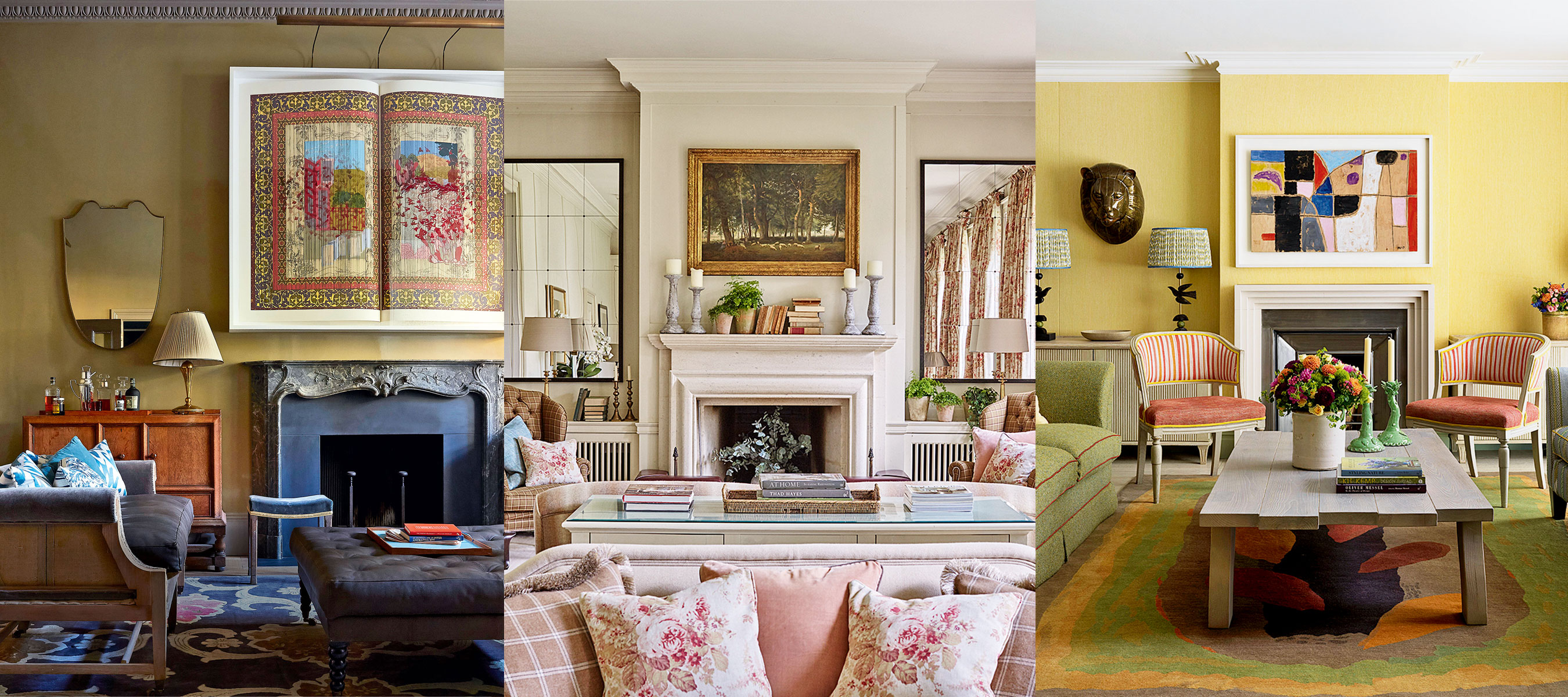

Living room art ideas might not be at the forefront of our mind when thinking about how to decorate a living room, but they should be.
Our selection of the very best living room art ideas includes exquisite living room wall ideas with murals, beautiful accent walls, statement wallpaper and artwork to suit every home's style – and we have included a ton of added-value design advice for your existing living room ideas.
So whether your living room layout is long, open-plan, or on the smaller side, there are always ways to work art into your scheme. Plus, of course, we have catered to a wide variety of styles, color preferences, and budgets, and, as ever, there are living room art ideas you can adopt quickly – no entire renovation needed.
Living room art ideas – introduce statement art to the main room
These are our favorite art ideas for living rooms – we've added in-depth advice from well-known designers and our own team of experts, too, so that you know how to design a living room that you will love for years to come.
1. Make a statement in your living room
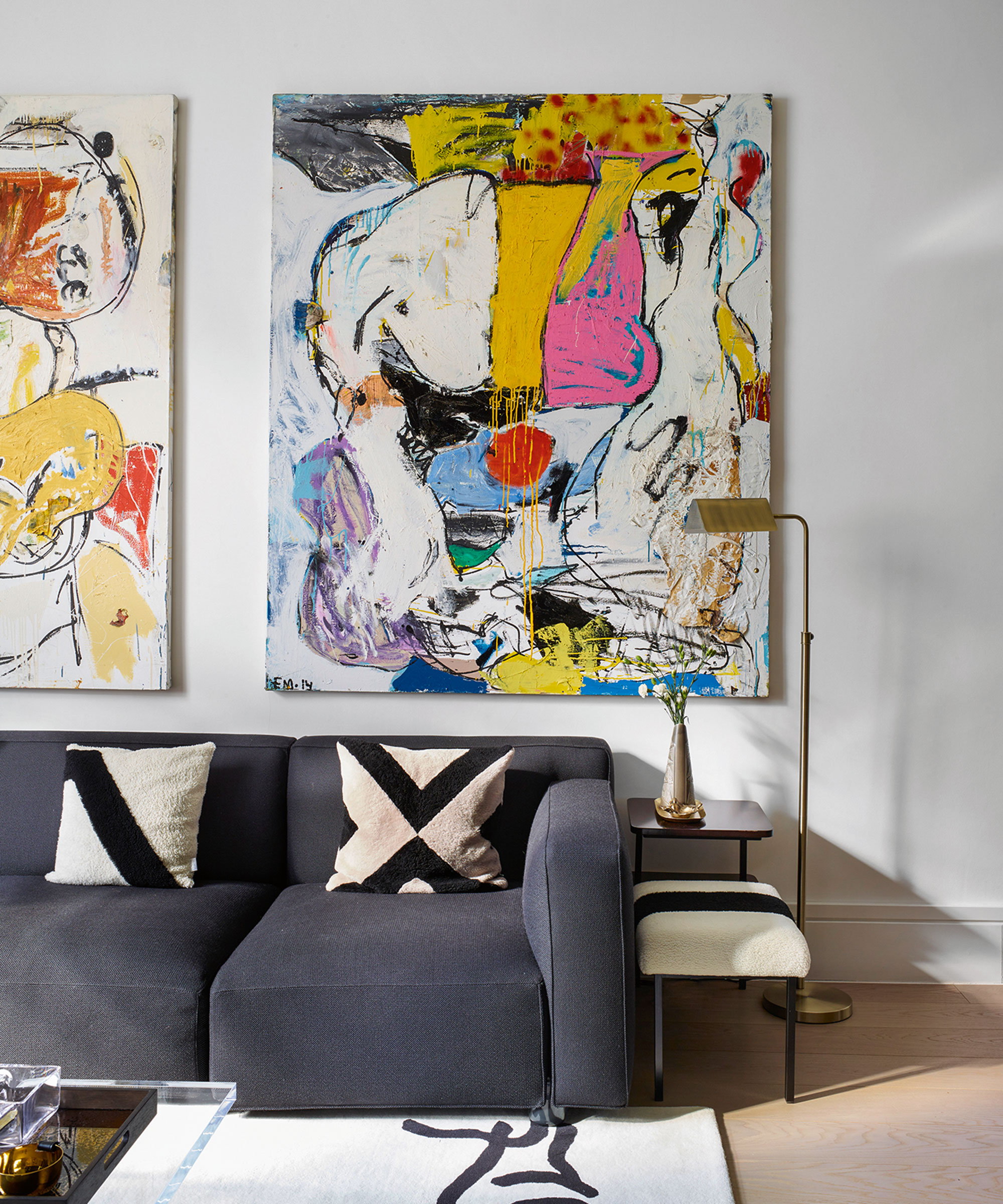
With plenty of wall space on offer, living rooms are an ideal place to layer up favorite artwork.
‘When buying art there are two really effective ways to make a statement with art in a living space,’ notes Camilla Clarke, creative director at Albion Nord. ‘The first is to play with scale. Make the most of the wall space and choose a large-scale artwork that spans the full height of the wall. It will feel bold and impactful. Another interesting way to make a statement is to create an art wall. Play with a mixture of work in different sizes, colors and genres.’
2. Invest in the best frames for your art
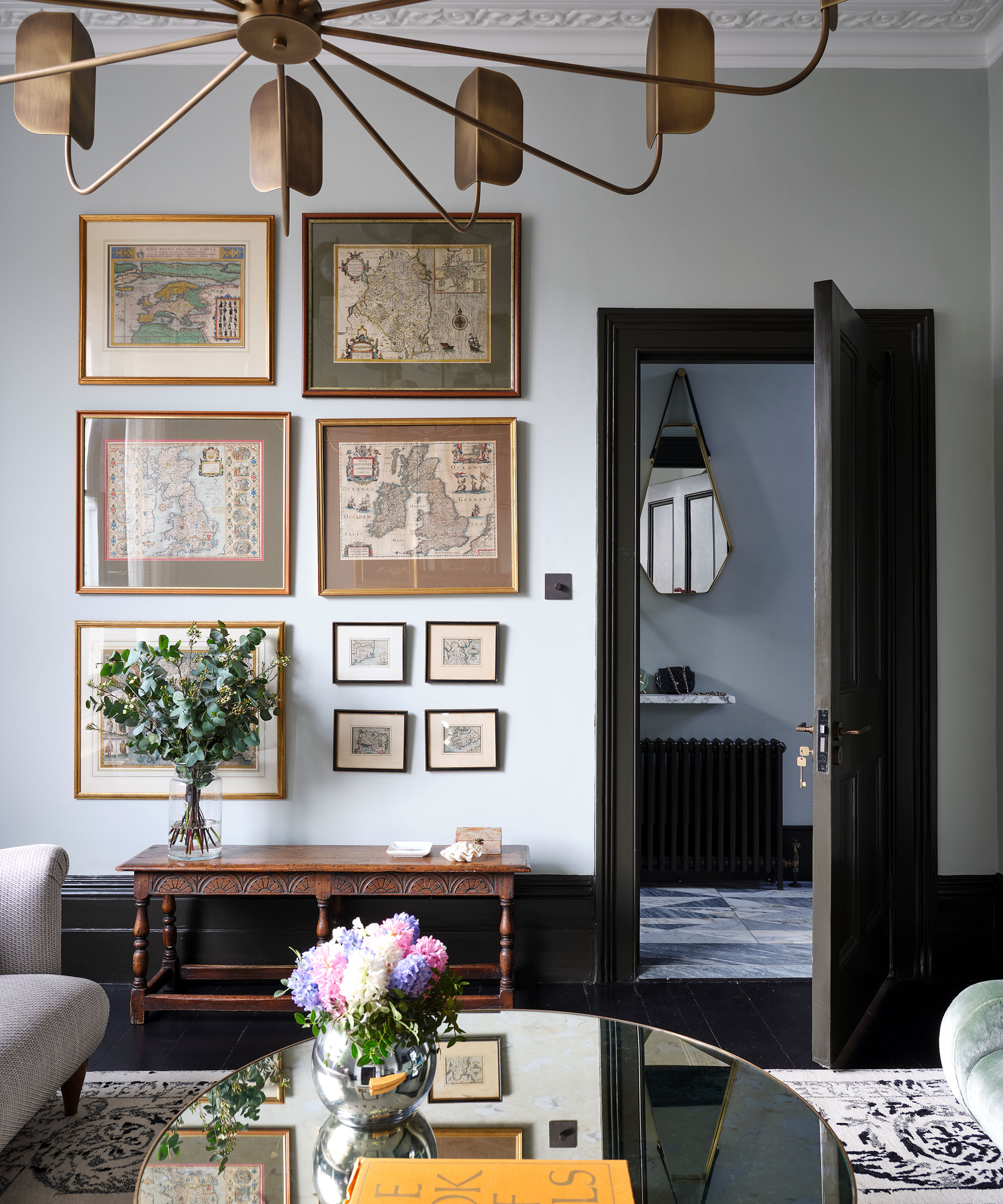
Martin Waller, founder of Andrew Martin advises to ‘hang art at eye level or just above and never underestimate the importance of framing – this is a cost you should never hold back on. The right frame can transform a picture and is critical to the overall feel of the artwork.
Play around with the layout of your frames before hanging; try out evenly spaced rows and columns, or experiment with asymmetrical formations for something a little different.
3. Go for large-scale art in a small room
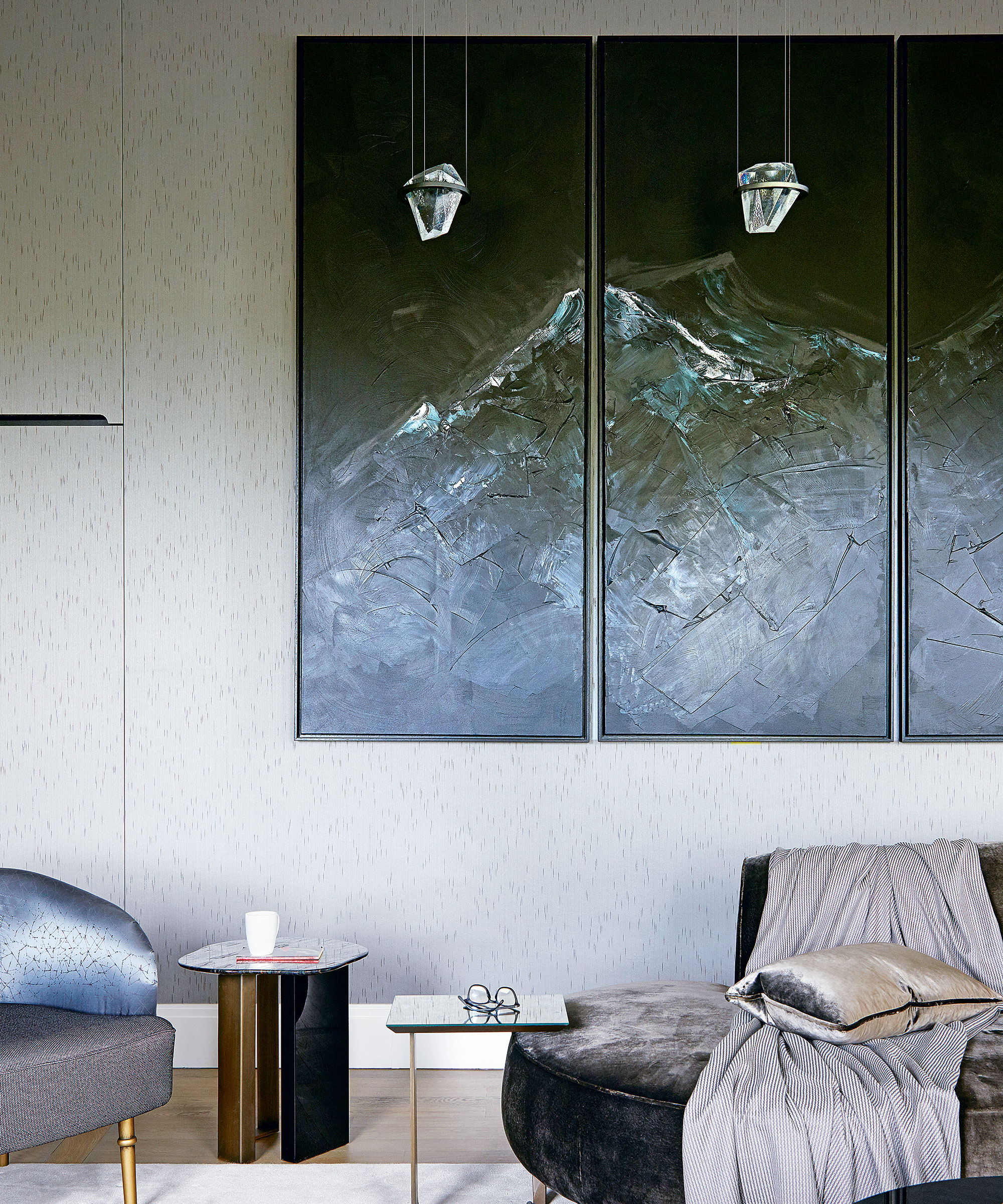
People often assume they should buy small-scale art for your small living room ideas, but that actually makes a space feel smaller,' advises Sheena Murphy, partner, Nune. 'Don’t be afraid to fill the room – invest in an oversized piece of art that fully fills the wall, and don’t skimp on the frame either. Not only will buying larger scale art look better, it will also make your living room look so much more interesting: win-win!’
4. Commission a bespoke mural

Scaled-up art is having its moment in the interior design spotlight this year. Using a mural to fill a wall with a single dramatic image is a bold move, but it is a logical progression if you’ve already used patterned wallpapers.
‘A mural is a powerful tool for the adventurous,’ says Andy Greenall, head of design at Little Greene. Many mural designs are now available as wallpapers, making them easier to achieve. ‘Three drops of paper that create a whole panel gives an instant uplift,’ says Andy. Try painting the surrounding walls in a complementary color taken from the mural.
Here, intriguing and subtle, this architectural mural adds a lighting decorative touch to this scheme in which neutral, muted furnishings allow it to take center stage. A ledge or rustic wood echoes the horizontal lines of the print and creates display space for elegant art and accessories.
5. Style shelves to perfection
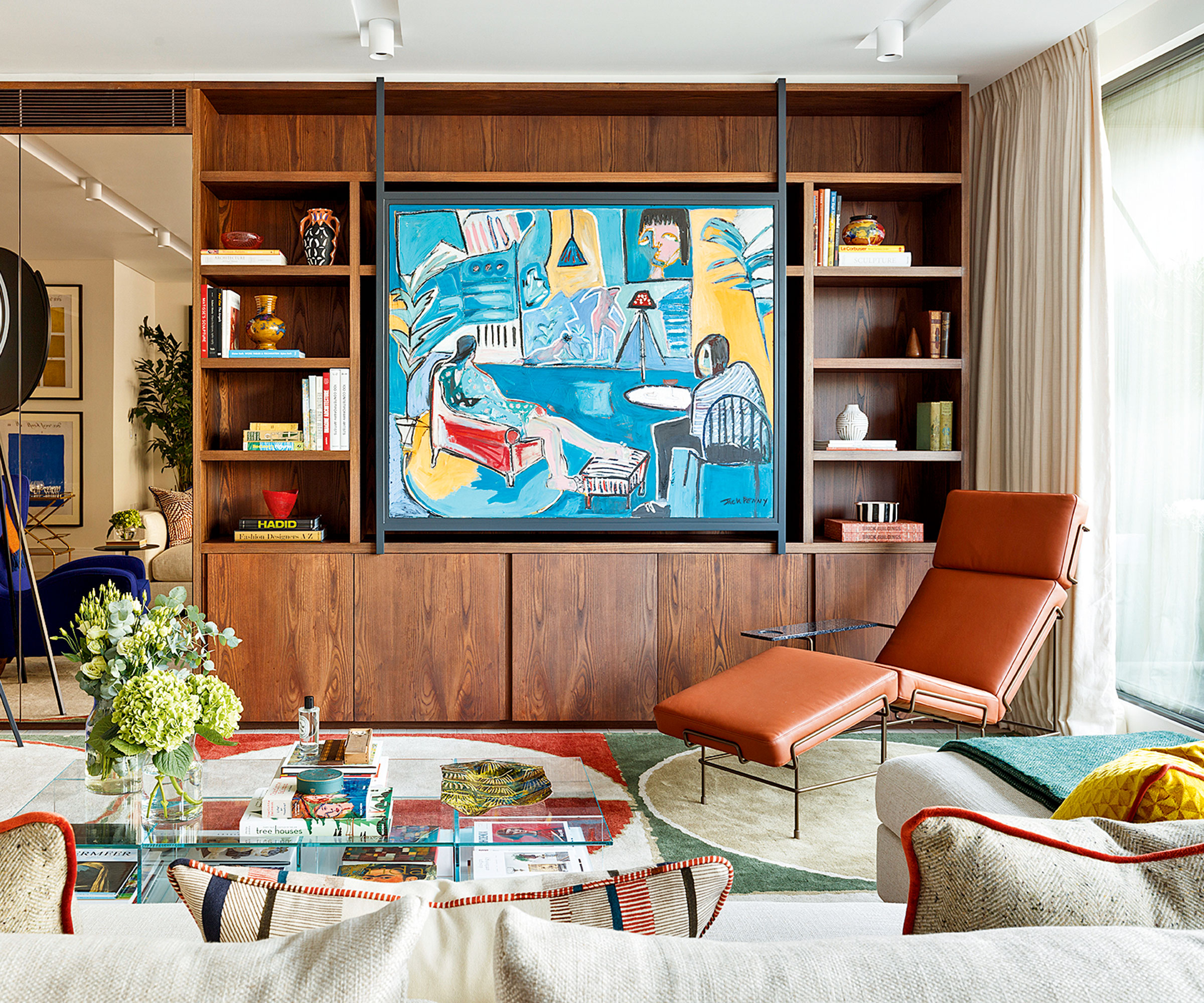
You can own some of the most beautiful pieces, but if you don’t style your shelves in an eye-catching way, they can quickly lose any impact they might have had.
‘When styling shelves, ensure to mix heights and depths of objects,’ says Sophie Pringle, creative director, Pringle & Pringle. ‘Living room shelving ideas benefit from mixing things up – incorporate art, add plants, use odd numbers of objects grouped together; start with large pieces and build around that.’
6. Use art to anchor the scheme
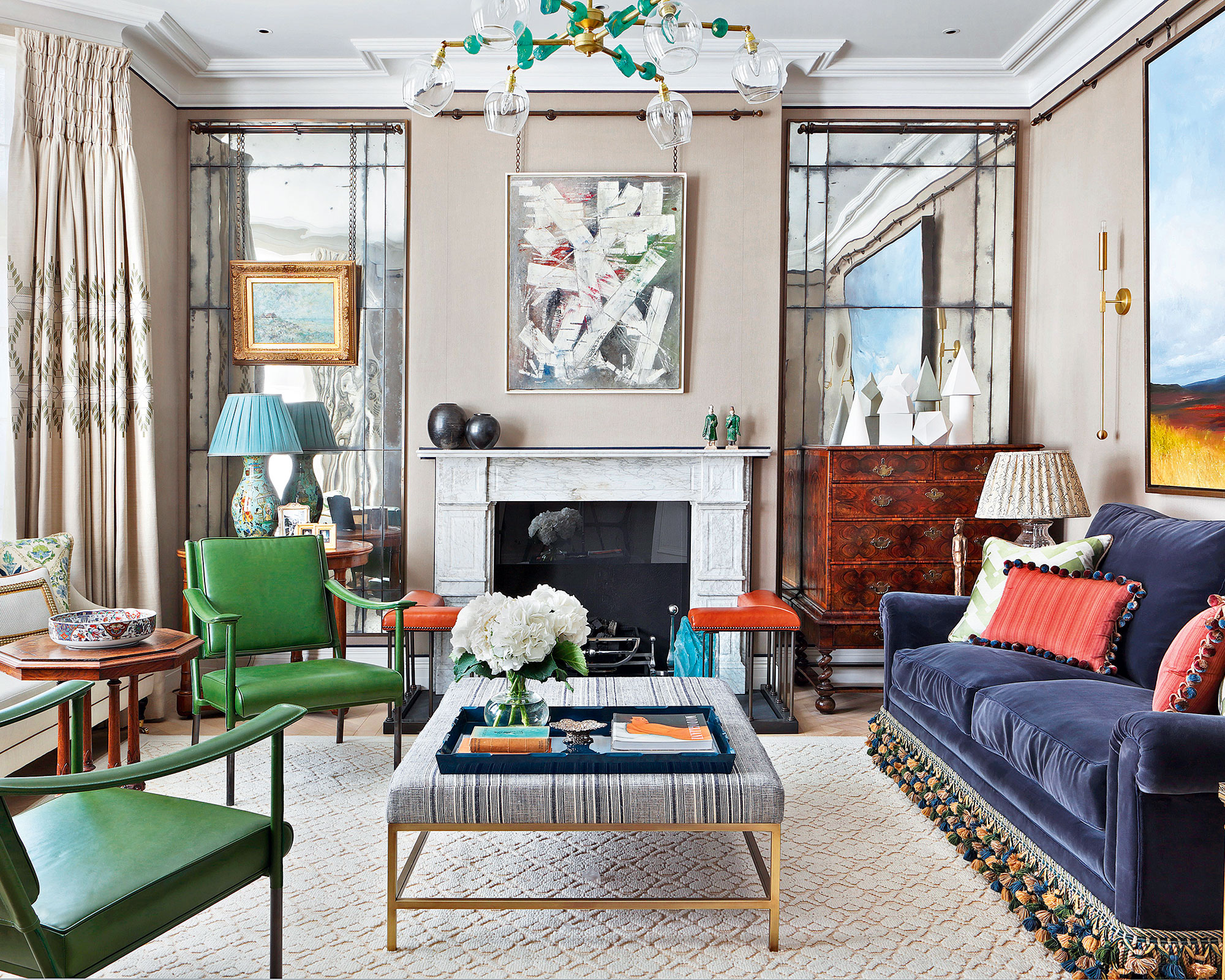
Starting with an artwork is almost like cheating a little bit because it provides you with an instant focus point and gives you an immediate palette,' says interior design Rachel Chudley. 'A large painting can anchor the color palette for much of a room. The wall shades should reference the painting without mimicking it. A common misconception is the need to match the colors exactly to a work of art in order to work with it. Instead, be inspired by the painting.'
7. Let your art tell a story
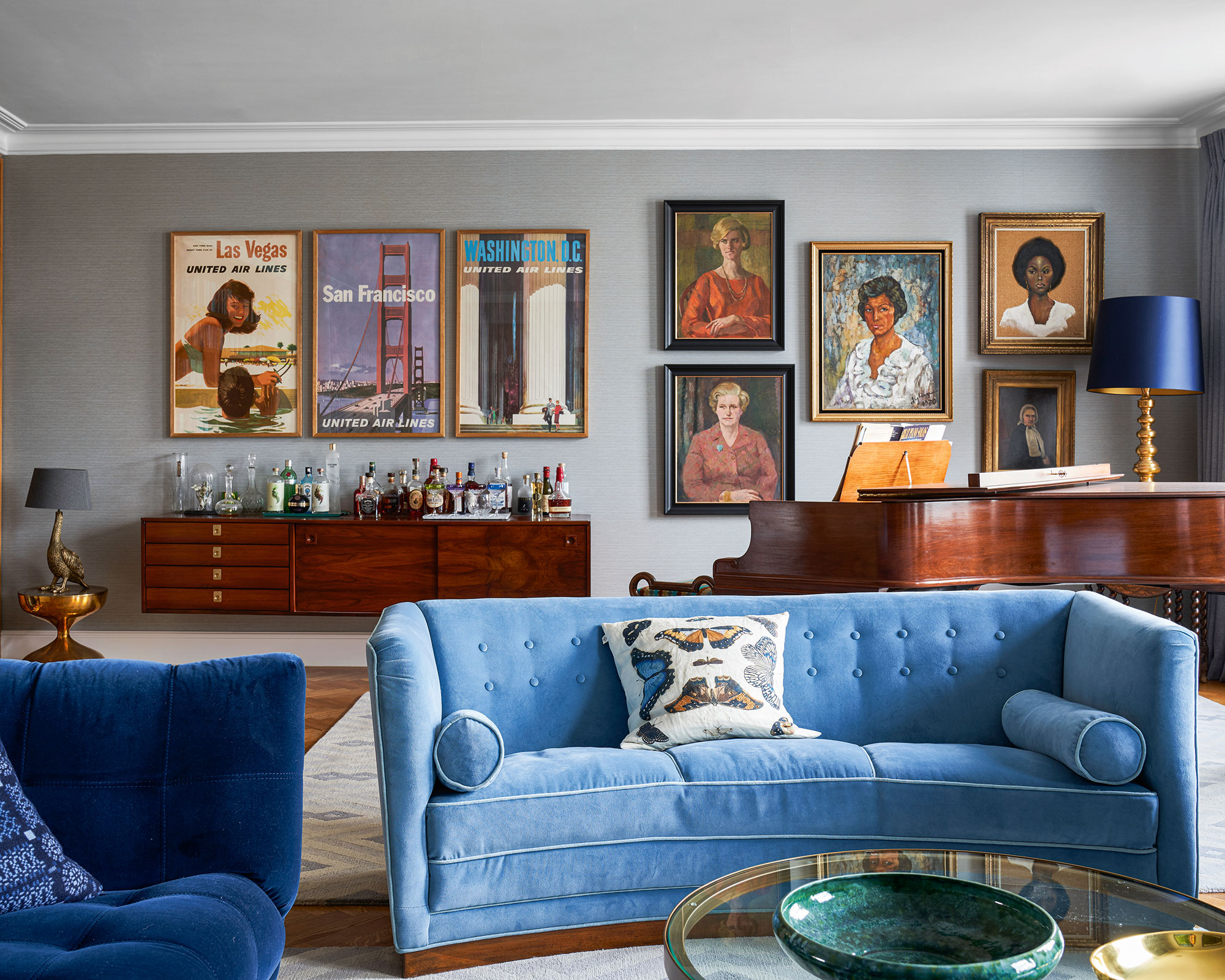
Storytelling with art in design is vital. Beautiful things alone are not enough. Your story is one of the most important design ingredients and your life should have a pivotal resonance in your interiors.
A home can help us be the person we want to be – to establish that persona. Some might do this through the watch they wear or the car they drive, but for most it is the art that is displayed in the home that can give contours to one’s personality.
It is worth noting that art comes in many forms – not just paintings to be hung on a living room wall. For a truly unique collection of favorite things, it’s worth going that much further to find a special way to show them off.
8. Add interest with a gallery wall

Maximize the impact of your favorite images with a gallery wall. Curate your own gallery wall idea by hanging artwork together as a group or cluster. Decide which paintings will anchor the scheme then take your decorating cues from them. In Elizabeth Hay's home, the interior designer uses a mix of inherited heirlooms, art gathered from her travels and her own pieces to create a unique look. After all, your living room art ideas should be visually pleasing to you.
9. Wow with wallpaper – and art
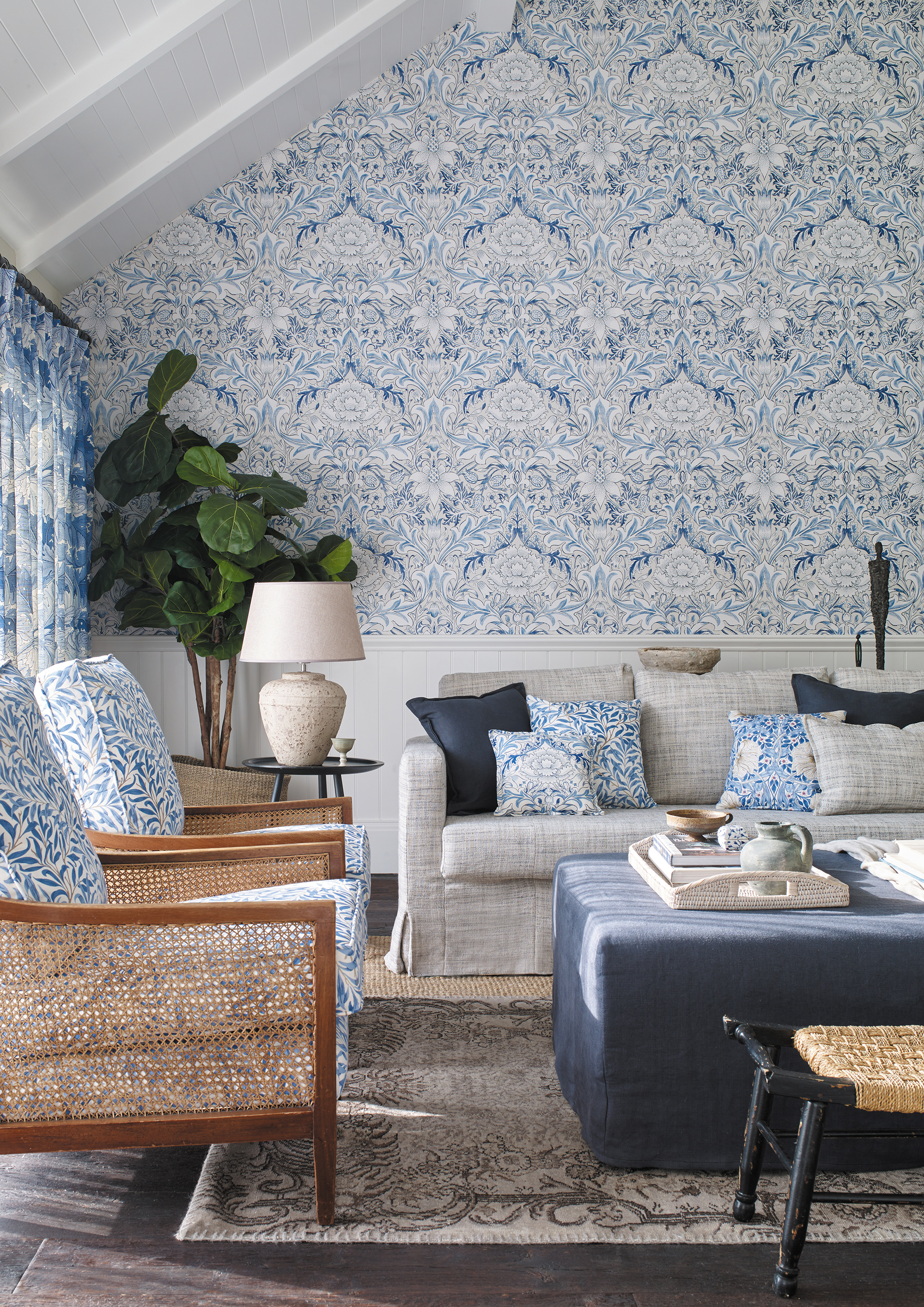
Living room wallpaper ideas are such an easy route to an instant effect – every room has more wall than anything else. 'I often think that people don’t pay nearly enough attention to their walls, spending months researching fabric but only minutes choosing a beautiful living color scheme for their walls,' says Martin Waller.
'Just because a wall is papered doesn’t mean you can’t hang art over it. Kit Kemp, who we collaborated with for her eponymous collection, demonstrates this exuberantly in her schemes. Wallpaper and art combine to add such interesting layers to a room.'
Don’t worry about furniture obstructing parts of a large design – it doesn’t matter if you can’t see it all. The Renaissance painters discovered that they didn’t have to show figures in their entirety; they understood that the brain intuitively fills in the gaps.
10. Shine a light on your favorite art
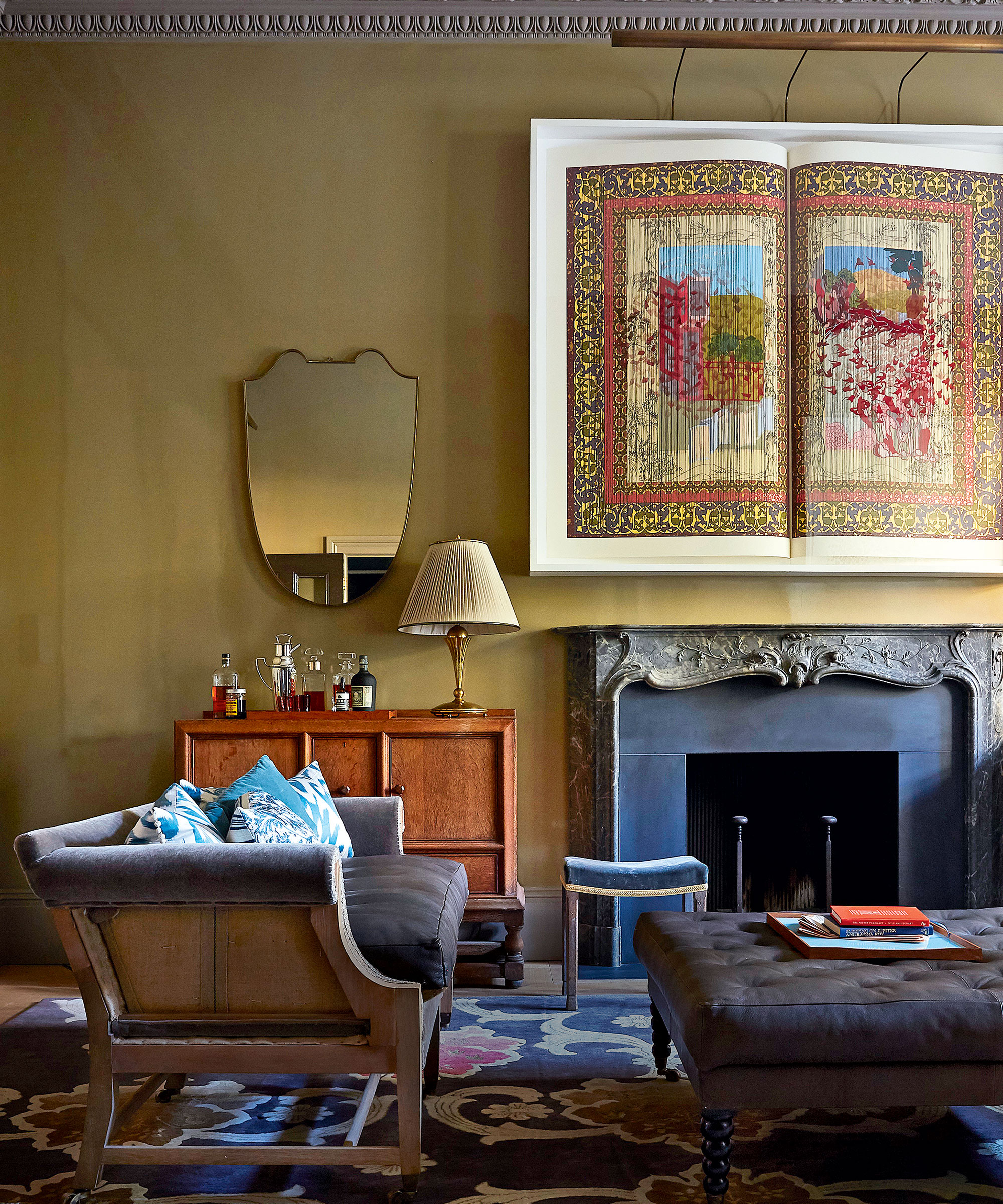
High-value (be it in real terms or personal) art needs to be treated with careful consideration when it comes to lighting – especially if the aim is to make it a standout feature of the room.
‘Lighting a picture has the double advantage of showing off the work and reflecting light back into the room,’ says interior decorator Nicola Harding, who designed this scheme. She chose a wall color with a lacquer finish to reflect natural light; the artificial light above stands in place during darker hours.
‘That reflected light is more atmospheric than something that lights the whole room. I also enjoy playing around with wall lights that weren’t specifically designed as picture lights. Anything with an articulated arm can work.'
'With contemporary art, it’s best not to direct light at them since as they tend to be behind glass it can be reflective,' says interior designer Guy Goodfellow. 'However, traditional art, such as oil paintings, will massively benefit from being lit and bring the pictures to life. My favorite way to light art is by using LED picture lights, which are clever enough to contain the light purely on the canvas, rather than lighting the wall around it.'
How do I choose art for a living room?
Choosing art for a living room is a matter of personal taste, but a segment of advice from the experts will have you well on your way to curating your dream living room.
'I love starting a scheme with an artwork but, conversely, some of my favorite rooms didn’t have an artwork to start with,' says interior design Rachel Chudley. 'Doing it this way round can produce such creative interiors because you’re forced to think outside the box. '
'I would never advise acquiring art to match an interior, but I would also say that an art collection should be an extension of your personality, as should an interior. It should bring joy – I really believe that living with art makes people happier.'
'A collection can be built up over several years from many places, from art fairs or finding galleries and dealers that know your tastes. I recommend going to local art galleries and fairs, which focus on representing fairly unknown artists. It’s a fantastic way to see things in person, and it even arranges visits to artists’ studios.'
Sign up to the Homes & Gardens newsletter
Design expertise in your inbox – from inspiring decorating ideas and beautiful celebrity homes to practical gardening advice and shopping round-ups.

Jennifer is the Digital Editor at Homes & Gardens. Having worked in the interiors industry for several years in both the US and UK, spanning many publications, she now hones her digital prowess on the 'best interiors website' in the world. Multi-skilled, Jennifer has worked in PR and marketing and occasionally dabbles in the social media, commercial, and the e-commerce space. Over the years, she has written about every area of the home, from compiling houses designed by some of the best interior designers in the world to sourcing celebrity homes, reviewing appliances, and even writing a few news stories or two.
-
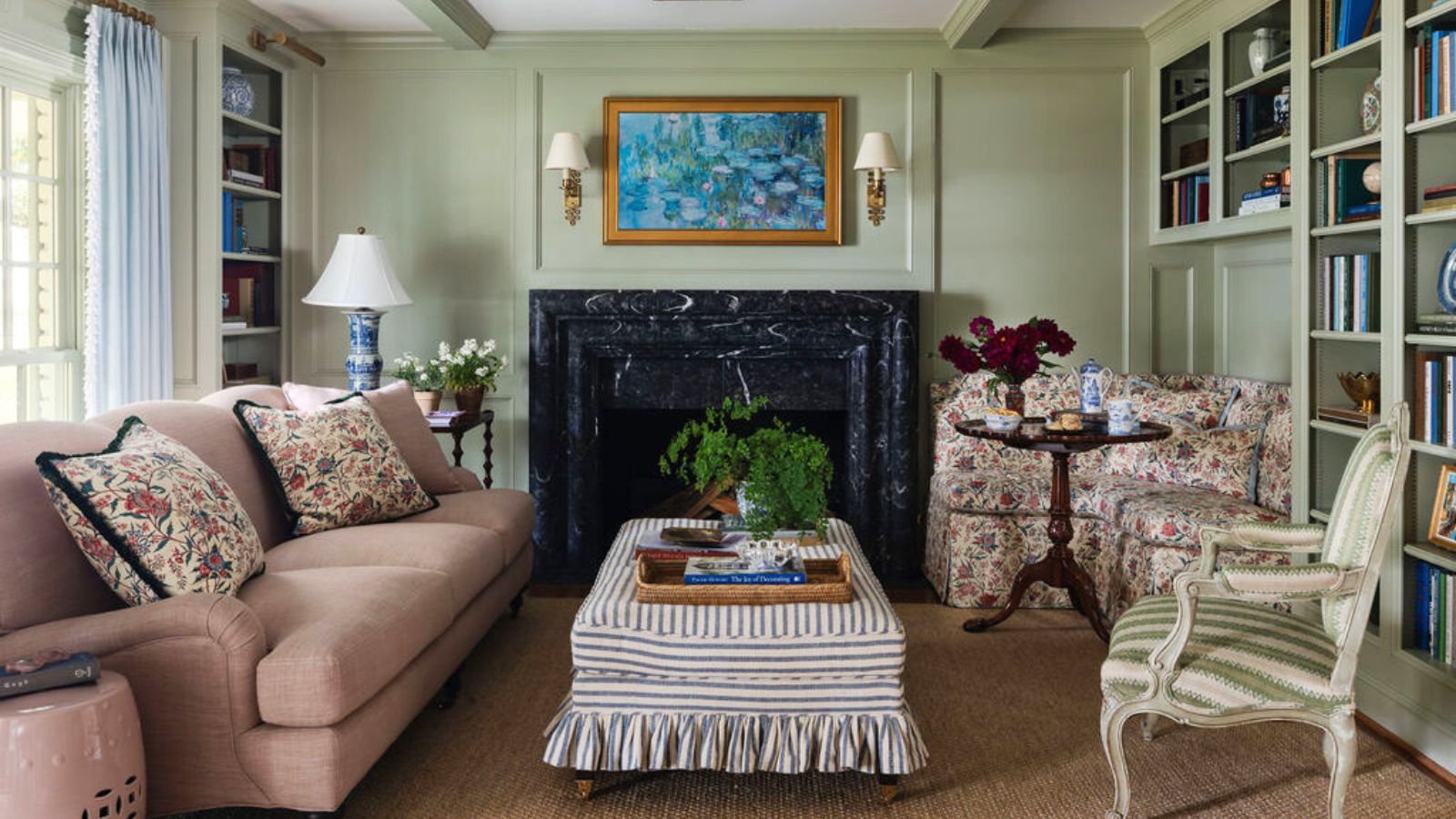 The 11 British interior design styles you are going to want to bring into your home – no matter which side of the pond you live on
The 11 British interior design styles you are going to want to bring into your home – no matter which side of the pond you live onInterior designers share their favorite British design trends and how to recreate them in your own home
By Pippa Blenkinsop Published
-
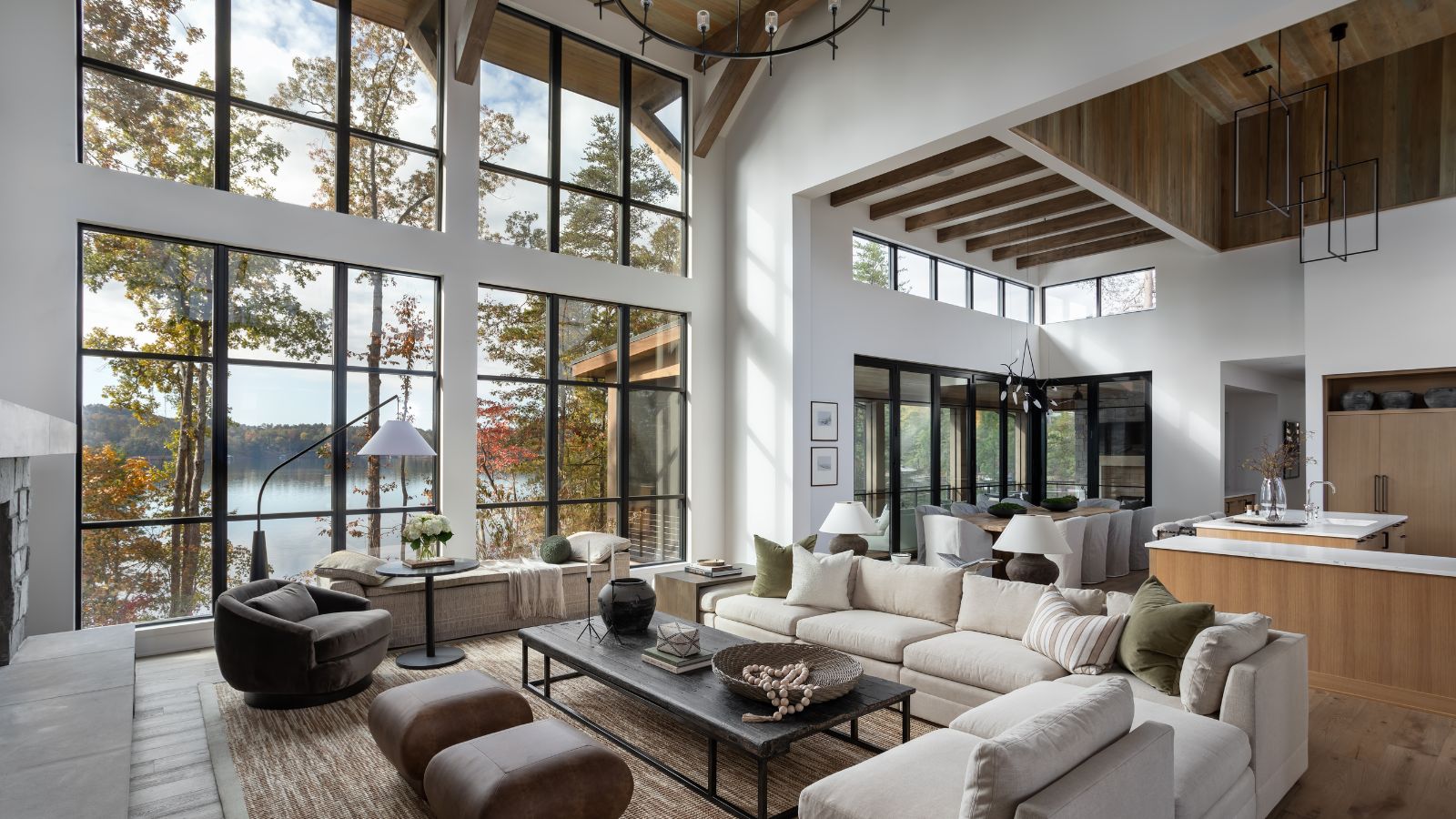 7 ways to decorate with wood – designers share the best ways to make the most out of this versatile material
7 ways to decorate with wood – designers share the best ways to make the most out of this versatile materialThis is how the design experts embrace the timeless natural beauty of decorating with wood
By Karen Darlow Published